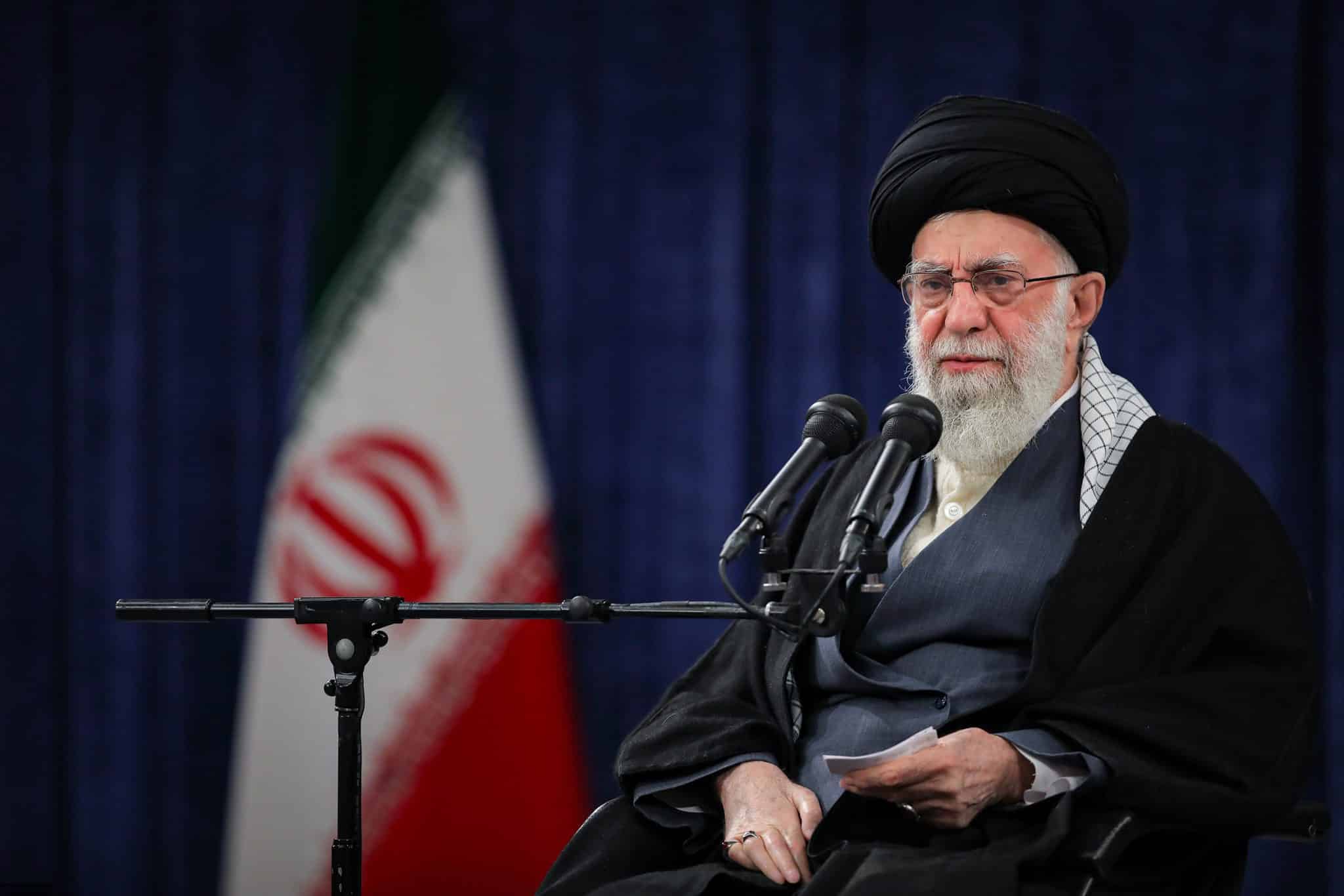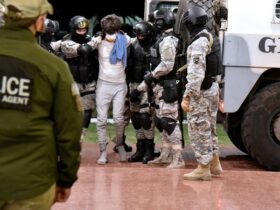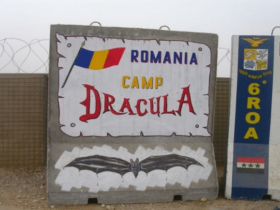The news has been abuzz with discussions and speculations about the presence of Iranian sleeper cells in the United States, with reports appearing on various social media platforms like YouTube and Facebook. Mainstream media has also raised concerns about these sleeper cells potentially entering the country through porous borders. However, there’s evidence to suggest that Iran has been involved in a long-term strategy not only in the U.S. but worldwide.
The recent attack on Israel underscores Iran’s ability, along with its proxies like Hamas and Hezbollah, to plan and execute actions discreetly and with surprise. A reference to “Unit 910” pertains to the Islamic Jihad Organization (IJO), which serves as the intelligence and planning arm for Hezbollah’s terrorist activities.
For those unfamiliar with Hezbollah, it’s a significant proxy of Iran in the Middle East. The Iranian revolution of 1979 marked a pivotal moment, as it shifted Iran’s zealotry and its revolutionary ideology toward spreading its influence among Shiite communities in the region. Lebanon became a partner of choice for Iran due to the grievances of the Shiite population and the post-conflict environment following battles between Israel and Lebanon, as well as the Lebanese civil war. Iran provided substantial support, both financially and militarily, to the newly formed Hezbollah, which aligned with an ideology rooted in Shiite Islam, anti-Israeli sentiment, and anti-Western rhetoric.
Fast-forwarding to 2009, a U.S. citizen, Ali Kourani, was naturalized, and a subsequent U.S. Justice Department report revealed that he traveled to Guangzhou, China, to establish connections for acquiring ammonium nitrate, a common component in explosives. Notably, Kourani’s intentions were to obtain this chemical not from typical fertilizer suppliers but from sources in China. He then provided intelligence to Hezbollah concerning law enforcement in New York City and the security at New York airports. When captured by the FBI, Kourani confessed to being part of a “sleeper cell” and detailed that certain scenarios would trigger their actions, such as a conflict between the United States and Iran or specific actions targeting Hezbollah, Nasrallah, or Iranian interests.
Here is an excerpt from the Combat Terrorism Center, WestPoint (FEBRUARY 2022, VOLUME 15, ISSUE 2)
“Kourani went on to describe himself to the FBI as being part of a ‘sleeper cell,’ and explained, ‘There would be certain scenarios that would require action or conduct by those who belonged to the cell.’ Kourani said that in the event that the United States and Iran went to war, the U.S. sleeper cell would expect to be called upon to act. And if the United States were to take certain unnamed actions targeting Hezbollah, Nasrallah himself, or Iranian interests, Kourani added, ‘in those scenarios the sleeper cell would also be triggered into action.’”
What’s important is that Kourani openly discusses he is part of a sleeper cell in the United States.
The media has since reported on the possibility of sleeper cells activating in the United States. Similar concerns have emerged in the past, including after the assassination of Qassam Soleimani, a high-ranking Iranian General, in 2020. Despite indications that sleeper cells exist, they remain dormant, waiting for a triggering event.
Even before Kourani’s entry into the United States, operatives like Alex Saab had quietly entered the country, conducting surveillance on potential soft targets and even establishing a front company to acquire ammonium nitrate-containing fertilizer. Saab joined Hezbollah in the 1990s and immigrated to the United States in 2000, where he continued to send intelligence to the IJO, focusing on cities like Boston and Washington, D.C. He even attempted to assassinate a suspected Israeli spy. However, he was only arrested when he entered into a sham marriage for financial gain, effectively ending his spy activities.
Concerns about Iranian sleeper cells aren’t limited to the United States. Other countries, including the United Arab Emirates, Canada, and nations in South America, have expressed unease about Hezbollah sleeper cells and their activities. Our neighbor to the north, Canada had similar concerns in 2008 when ABC reported that Hezbollah conducted surveillance on the Israeli Embassy and Ottawa as well as various synagogues in Toronto. To our south, Hezbollah has strong ties to the drug trade and Venezuela showing that Hezbollah has a global influence and global funding using criminal activities in South America and other parts of the world. Check out this link for more information on Hezbollah in South America.

In conclusion, this information highlights several key points:
1. In my sourcing China, Iran, Syria, and Venezuela are recurring elements in discussions about Hezbollah, often with negative connotations.
2. Hezbollah has been infiltrating the United States since at least 9/11, indicating that the fear of potential terrorist cell activation is not a new concern, but the media has a responsibility to explain the “why” there may be a terrorist attack. Hopefully this article sheds light on this.
3. It’s plausible that Iran may have a broader strategy that involves orchestrating chaos in multiple regions, potentially in collaboration with countries like China and Russia, with the aim of altering the global balance of power. Given the United States’ existing commitments, the potential for chaos from Iran’s proxies is a serious consideration.
Sourcing
https://ctc.westpoint.edu/trends-in-iranian-external-assassination-surveillance-and-abduction-plots/
https://www.thedailybeast.com/will-qassem-soleimanis-death-activate-sleeper-cells-in-america
https://carnegieendowment.org/files/dubai_iran.pdf
https://www.documentcloud.org/documents/2164821-analysis-hamas-and-hezbollah-sleeper-cells-in
https://www.fbi.gov/stats-services/publications/terrorism-2002-2005
https://smallwarsjournal.com/jrnl/art/hezbollahs-global-networks-and-latin-american-cocaine-trade
Matt is a Director of Product Management for a leading mobile platform enablement company. He has traveled extensively in the United States and overseas for business and travel. His travels include India, Mexico, Europe, and Japan where he was an active blogger immediately following the Kaimashi quake. Matt enjoys spending time outdoors and capturing the world through the lens of his Nikon D90. He enjoys researching the political, economic, and historical influences of the places he visits in the world, and he commonly blogs about these experiences. Matt received a Bachelor in Computer Science at Mercer University, and is a noted speaker on innovation, holding over 150 patents. His remaining time is spent with his family going from soccer game to soccer game on the weekends.
As the Voice of the Veteran Community, The Havok Journal seeks to publish a variety of perspectives on a number of sensitive subjects. Unless specifically noted otherwise, nothing we publish is an official point of view of The Havok Journal or any part of the U.S. government.
© 2023 The Havok Journal
The Havok Journal welcomes re-posting of our original content as long as it is done in compliance with our Terms of Use.










Leave a Reply